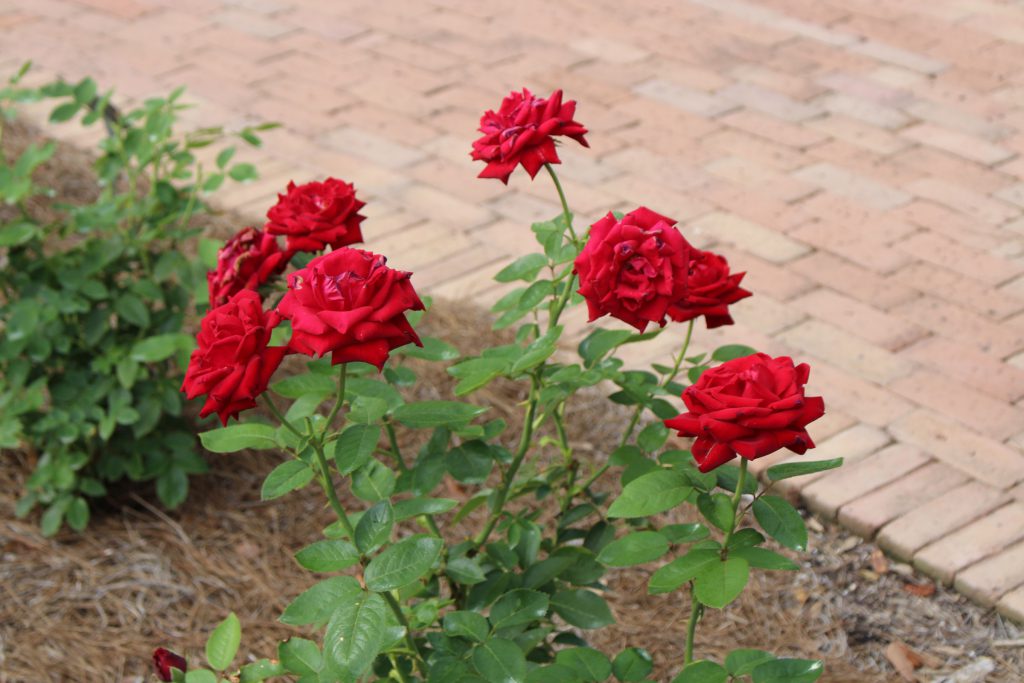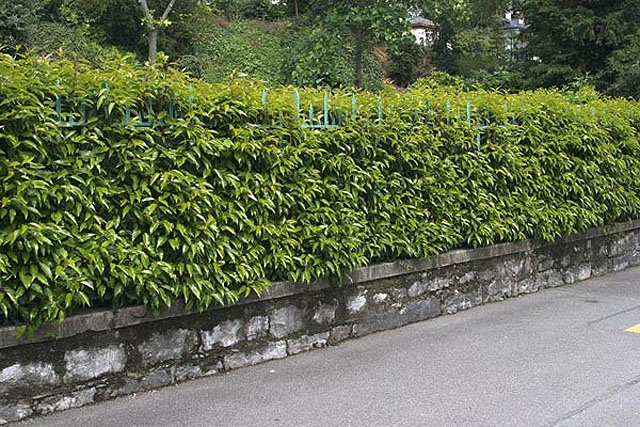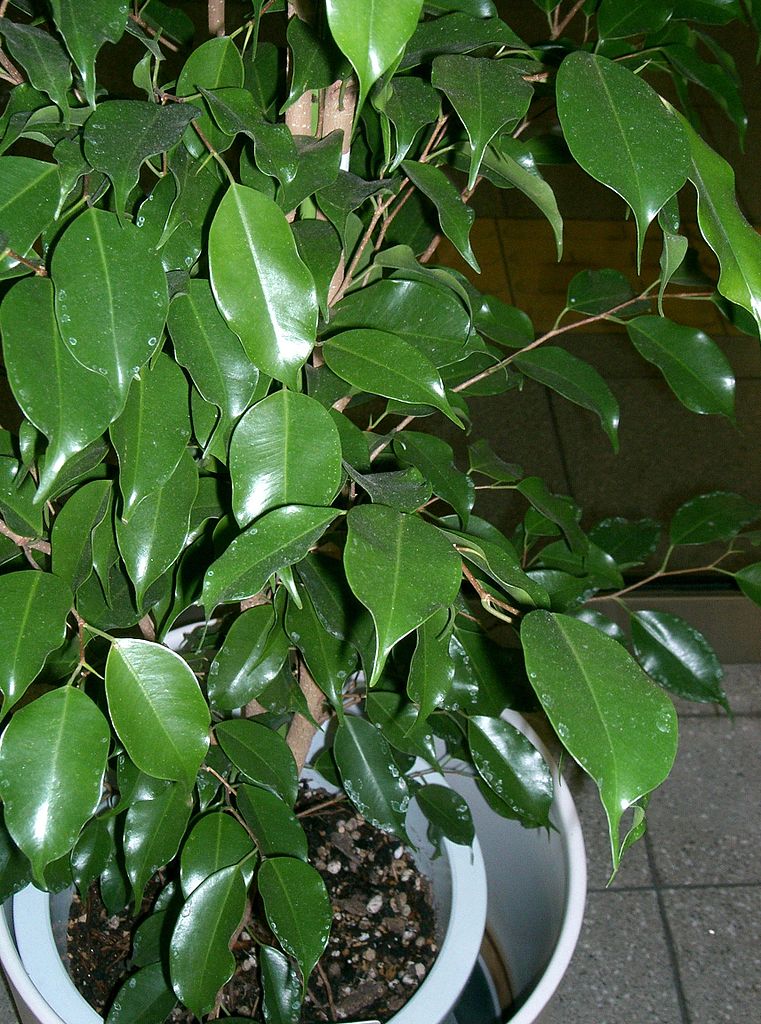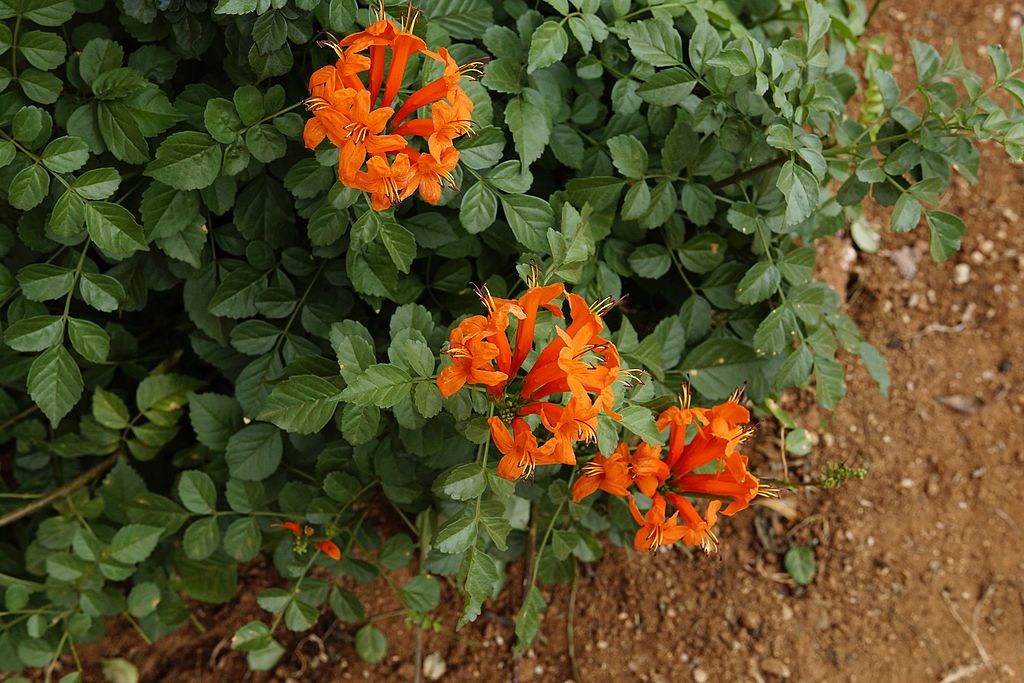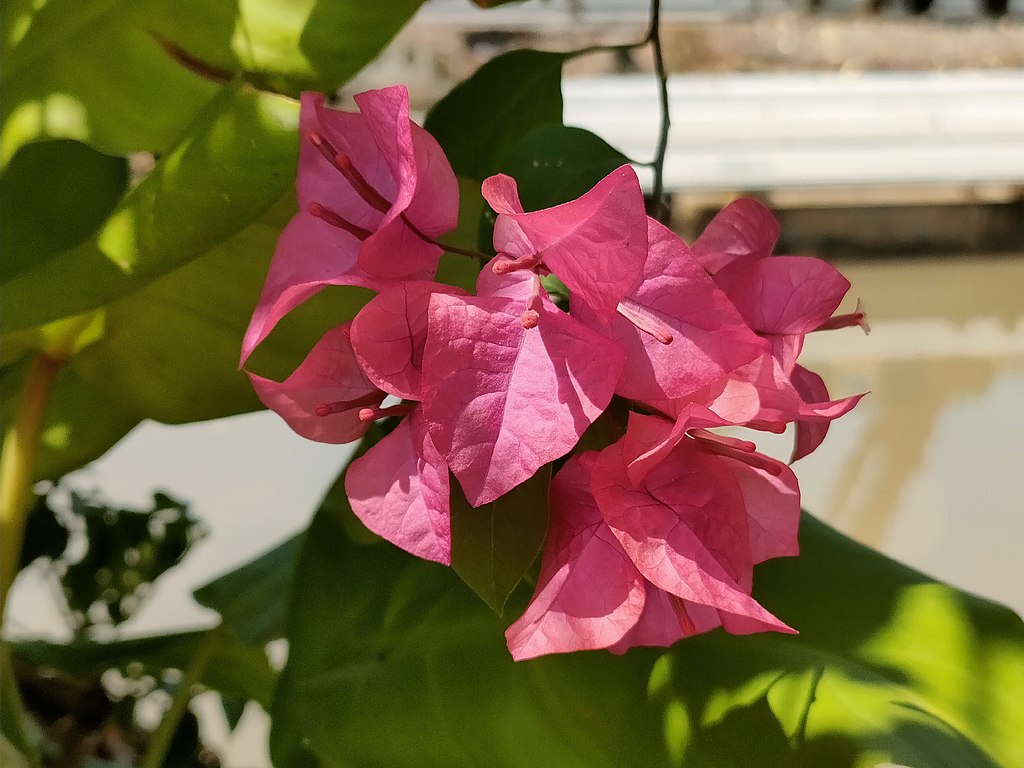Rose is a type of plant that comes in a variety of shapes, sizes, and colors. It is a member of the genus Rosa, which consists of some 100 species of perennial shrubs in the rose family. Many roses are cultivated for their beautiful flowers, which range in color from white through various tones of yellow and pink to dark crimson and maroon. They can be grown in borders, beds, or patio containers for a beautiful summer display.
Fossil records show that rose is one of the most ancient of flowers. It probably originated in Central Asia but spread and grew wild over nearly the entire northern hemisphere. Garden cultivation of roses began some 5,000 years ago, probably in China. During the Roman period, roses were grown extensively in the Middle East.
How to grow roses indoors
Growing a rose plant indoors can be a rewarding experience if you provide the right conditions for your plant. With proper care and attention, you can enjoy beautiful blooms all year round.
Here are some tips to help you get started:
Where to place a pot or container with roses indoors
Choose a location with good air circulation to help minimize instances of diseases that roses tend to be prone to. If your indoor air is exceedingly dry, they can be prone to spider mites indoors. To combat this, you can set your plant on top of a tray of pebbles to which you have added a little water to. As the water evaporates, it will increase the humidity.
Light
Adequate light is the single most critical component of indoor rose care. Roses require 6-8 hours of direct sunlight per day to bloom well. Place the rose plant in front of a south-facing window for best growth.
Soil
To grow roses indoors, choose a soil mix that is well-suited for container growing. Roses like a well-draining soil mix rich in organic matter. A neutral or slightly acidic soil pH of 6.5 is preferred. Use houseplant potting mix with added perlite or vermiculite for better soil drainage and aeration.
Water
Roses need ample soil moisture to perform well. Water heavily each time the top layer of soil dries up.
Temperature
Typical indoor temperatures between 18-24 degrees Celsius are ideal for growing roses indoors.
Pruning
Be sure to remove any spent flowers regularly, as this will encourage more blooming. Remove any yellow or brown leaves as well. You will also want to periodically trim your roses. Trim each cane back to right above the last leaf that has five leaflets. This will help encourage new growth and flowering.
Fertilizer
You should regularly fertilize your miniature roses during periods of active growth.
How to grow roses outdoors
Growing roses outdoors can be a rewarding experience. With proper care and attention, you can enjoy beautiful blooms all season long.
Light
Most roses thrive in full sun.
Choose a location that receives at least 6-8 hours of direct sunlight per day for best growth.
Roses need ample sunlight to produce abundant blooms and healthy foliage. If your garden doesn’t receive enough sunlight, perhaps you should consider to grow some other ornamental plants.
Soil
Roses need rich, moist but well-drained soil. They prefer slightly acidic soil (6-7 pH). Choose a well-draining soil mix rich in organic matter for best results. Roses like a well-draining soil mix rich in organic matter. A neutral or slightly acidic soil pH of 6.5 is preferred. Use houseplant potting mix with added perlite or vermiculite for better soil drainage and aeration.
Water
Water roses regularly so the soil stays moist but not waterlogged. Roses need ample soil moisture to perform well. Water heavily each time the top layer of soil dries up. Be sure to water deeply to encourage deep root growth. Avoid overhead watering as this can promote the growth of fungal diseases.
Temperature
Roses are meant to be grown all over the country, especially in places where other rose species may not be very hardy. They can tolerate a wide range of temperatures but do best in moderate conditions. Avoid planting roses in areas with extreme temperature fluctuations.
Location
Choose a well-exposed spot that is full of sun. Avoid heavy, waterlogged soil where moisture collects, because rose tree roots don’t like that and it makes the plant prone to disease. Better choose rich, light, and well-drained soil.
Pruning
Pruning is an important part of rose care. It promotes healthy growth, controls the shape and encourages flowering. Be sure to remove any spent flowers regularly, as this will encourage more blooming. Remove any yellow or brown leaves as well. You will also want to periodically trim your roses. Trim each cane back to right above the last leaf that has five leaflets. This will help encourage new growth and flowering.
Fertilizer
Roses are hungry plants. Mulch annually with organic matter such as well-rotted animal manure, and consider using a rose feed to promote flowering in summer. You should regularly fertilize your roses during periods of active growth.
Outdoor rose varieties
There are many varieties of roses available for outdoor growing. Some popular varieties include hybrid tea roses, floribunda roses, grandiflora roses, shrub roses and climbing roses. Each variety has its own unique characteristics and growing requirements.
Pruning is an important care for roses
Pruning is an important part of rose care. It promotes healthy growth, controls the shape and encourages flowering.
When to prune
The best time to prune roses is in late winter or early spring, around the time new growth begins. This could be as early as January or as late as May, depending on your climate. In most regions, roses should be pruned between late winter and early spring before blooms start to show.
Tools
You will need a good pair of gloves, preferably gauntlet-style for extra protection up your forearm. Bypass shears are ideal for pruning roses — their overlapping blades make a clean cut. Anvil blades meet and can crush or damage canes. Heavy long sleeves will prevent getting “bit” by the thorns.
Basic principles of pruning
The basic principles of pruning roses are the same as pruning any other plant: cutting back hard will promote the strongest growth, while light pruning will result in less vigor.
The other basic rules include cutting to an outward-facing bud to prevent compacted growth, and removing closely positioned stems that might rub or compete for space.
Also remove stubby “snags” (short, dead lengths of stem with no growth on them) and thin, twiggy stems, which are unlikely to produce anything worthwhile in terms of growth and flowering potential.
Spring Pruning
Major pruning should be done in early spring, after the last frost in colder climates. You can also let the roses tell you — when they start to bud or leaf out, it’s time.
Summer Pruning
Dead flowers can be cut back at any time in summer.
Identify and treat problems with rose plants
Rose plants can be susceptible to a variety of problems, diseases and pests.
Pests
Aphids are a particularly common rose pest. These tiny, pear-shaped, sucking insects love to feed on succulent new growth. A single aphid is not a big threat, but aphid colonies can grow shockingly quickly. As they feed, the plant will become puckered, brittle, and yellow and the plants will slip into decline. You can often control aphids by hosing off the rose bush with a strong blast of water. If water does not seem to be controlling them, try insecticidal soap or attract lady beetles to your garden. Lady beetles are voracious predators of aphids.
Fungus
Black spot and powdery mildew are two common fungal diseases that can affect rose plants. Black spot is a fungal disease that is exacerbated by poor growing conditions and stressed plants. Make sure your rose bushes receive full sun, plenty of water, and good air circulation. If you see evidence of black spot, spraying with Bordeaux Mix, neem oil or sulfur is effective². Powdery mildew is another fungal disease that can affect rose plants. Tackle it by pruning out and binning infected leaves, keeping the soil around the roots moist at all times or by growing a mildew-resistant variety.
Treatments
There are many treatments available for common rose plant problems, diseases and pests.
Chemical solutions such as fungicides and insecticides can be effective when used properly. Always follow the directions on the label of any chemical solution you use in your garden. Too much or too high of a dosage is just as bad or sometimes many times worse than applying too small of a dosage. Always refer to the label when using any chemical.
In conclusion, rose plants can be susceptible to a variety of problems, diseases and pests. By being vigilant and taking appropriate action when necessary, you can help keep your rose plants healthy and thriving.
Greek name: Τριανταφυλλιά.
Sources: https://www.britannica.com/plant/rose-plant, https://www.gardendesign.com/roses/care.html, https://www.almanac.com/plant/roses, https://web.extension.illinois.edu/roses/history.cfm, https://plantophiles.com/plant-care/how-to-grow-roses-indoors/, https://www.gardeningknowhow.com/ornamental/flowers/roses/growing-roses-as-houseplants.htm, https://www.wikihow.com/Plant-a-Climbing-Rose, https://www.nature-and-garden.com/gardening/planting-rose-trees.html, https://lawn.com.au/how-to-treat-rose-diseases-and-pests/, https://www.valentine.gr/roses-pruning_gr.php
Tags: ORNAMENTAL PLANTS

